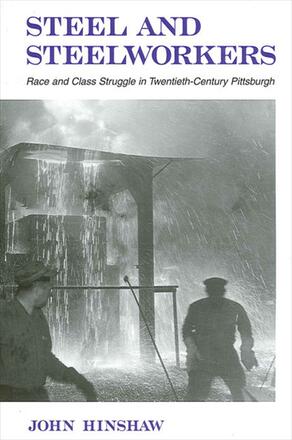
Steel and Steelworkers
Race and Class Struggle in Twentieth-Century Pittsburgh
Alternative formats available from:
Breaks new ground in the study of an industry and region crucial to the history of American industrial capitalism.
Description
Steel and Steelworkers is a fascinating account of the forces that shaped Pittsburgh, big business, and labor through the city's rapid industrialization in the mid-nineteenth century, its lengthy era of industrial "maturity," its precipitous deindustrialization toward the end of the twentieth century, and its reinvention from "hell with the lid off" to America's most livable (post-industrial) city. Hinshaw examined a wide variety of company, union, and government documents, oral histories, and newspapers to reconstruct the steel industry and the efforts of labor, business, and government to refashion it. A compelling report of industrialization and deindustrialization, in which questions of organization, power, and politics prove as important as economics, Steel and Steelworkers shows the ways in which big business and labor helped determine the fate of steel and Pittsburgh.
John Hinshaw is Assistant Professor of History at Lebanon Valley College. He is the coeditor, with Paul LeBlanc, of U.S. Labor in the Twentieth Century: Studies in Working-Class Struggles and Insurgency and, with Peter Stearns, of ABC-CLIO World History Companion to the Industrial Revolution.
Reviews
"...a well-researched, ambitious attempt to analyze the intersection of race and gender in the steel industry in Western Pennsylvania over nearly four decades. It effectively conveys a sense of shop floor dynamics while also taking account of important developments in the structure of the industry and in political and community life." — Martin Halpern, author of UAW Politics in the Cold War Era
"This book analyzes the history of racial discrimination in the steel industry in the context of an original model of the political economy of steel production and labor relations." — Robert Asher, Labor Divided: Race and Ethnicity in United States Labor Struggles, 1835–1960